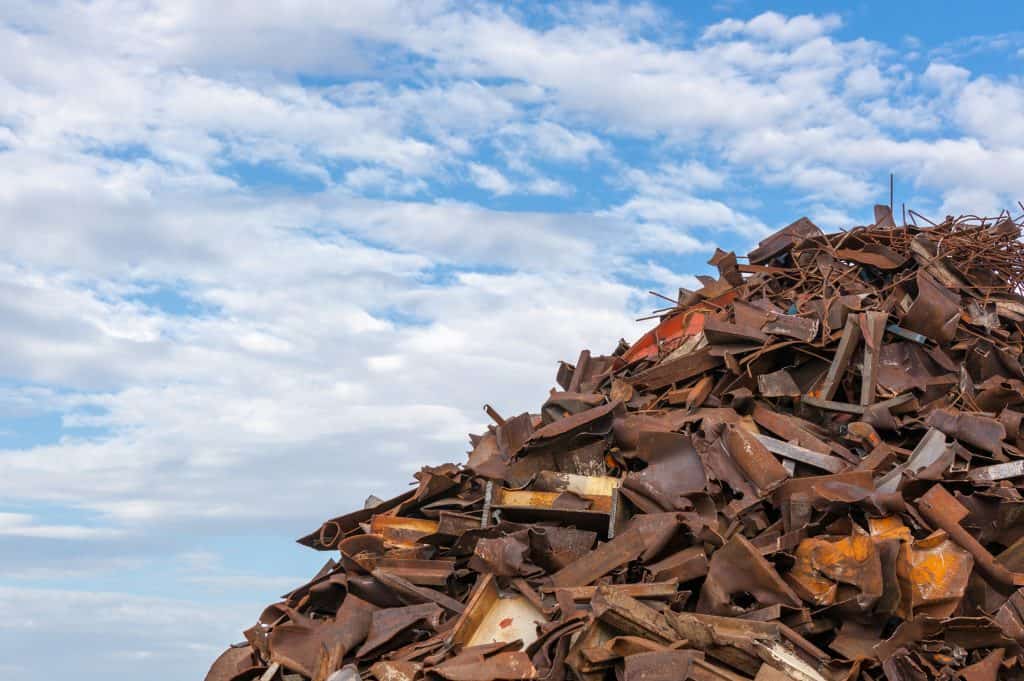
The end of the Court action* over the death of Barry Willis while he was working for Brisbane Auto Recycling (BAR) allows for various occupational health and safety (OHS) issues to be discussed, but a lot of the online discussion immediately after the sentencing on June 11 2020 was half-cocked and sometimes included a racist undertone. Both these elements deserve expansion.

